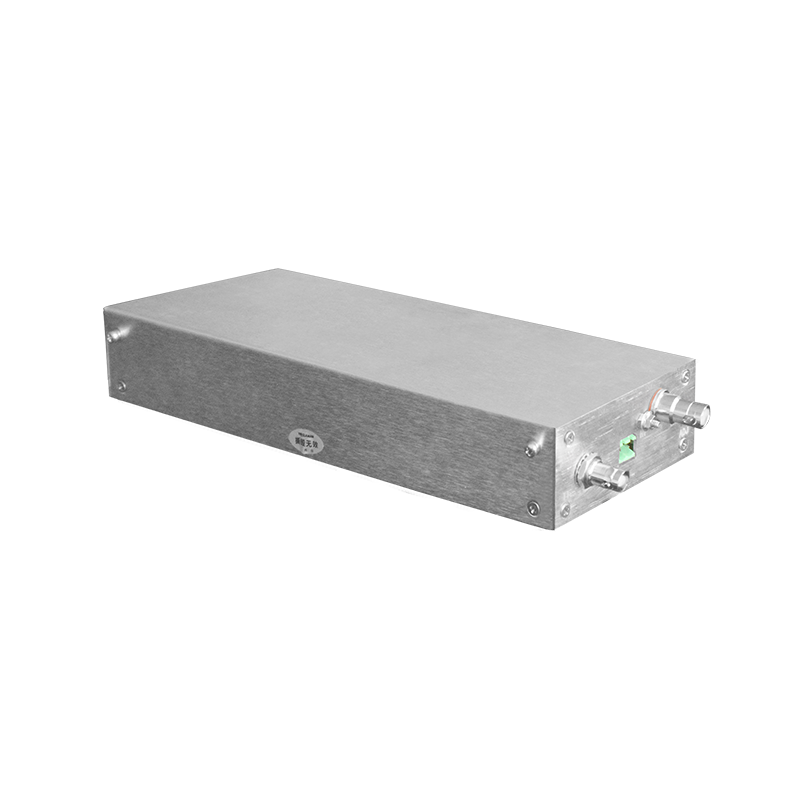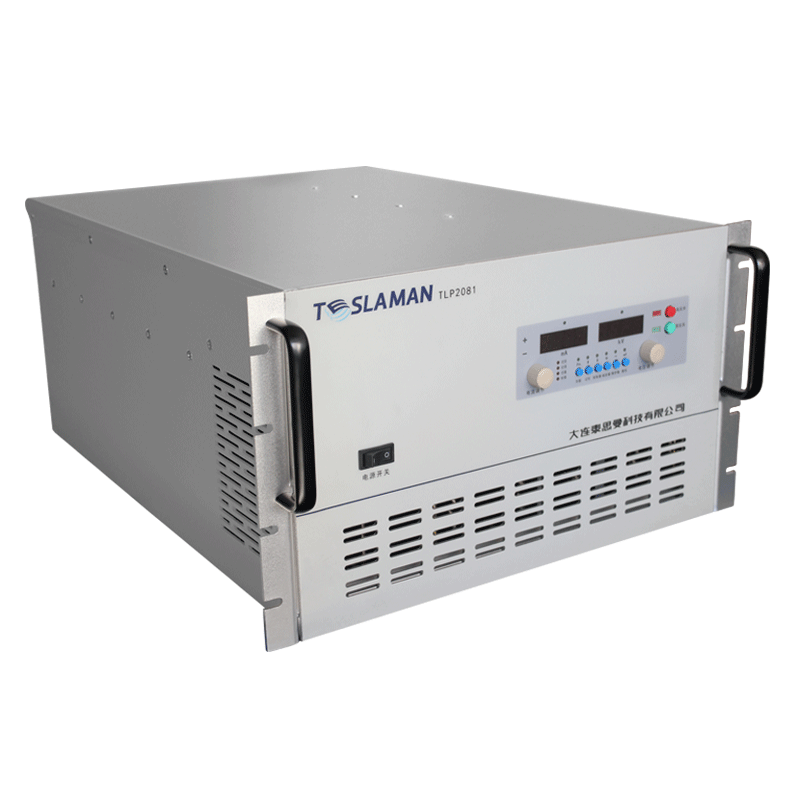Detecting Environmental Pollutants Using High-Pressure Power Supply Fluorescence Spectrometry
With the acceleration of industrialization, environmental pollution has become increasingly serious, posing huge threats to human health and the ecological environment. There are numerous types of environmental pollutants, making detection and analysis extremely complicated. High-pressure power supply fluorescence spectrometry, with its high sensitivity and selectivity, has demonstrated great application potential in the field of environmental pollution monitoring.
High-pressure power supply fluorescence spectrometry is mainly used to detect trace pollutants in environmental media such as water bodies, atmosphere, and soil. Its working principle utilizes high-pressure mercury lamps or xenon lamps as excitation sources to excite sample molecules to generate characteristic fluorescence, which is then analyzed using a spectrograph. Compared with traditional technologies, high-pressure fluorescence spectrometry features higher fluorescence intensity and faster analysis speed.
In water quality analysis, high-pressure fluorescence spectrometry can rapidly and sensitively detect typical pollutants in water such as polycyclic aromatic hydrocarbons, pesticides, surfactants and petroleum hydrocarbons, with detection limits reaching the ppt level, meeting the demand for detecting trace pollutants. Meanwhile, this technology can also be used to monitor water pollutants like heavy metal ions, providing technical means for tracking pollution sources.
In atmospheric monitoring, high-pressure fluorescence spectrometry can directly analyze gaseous pollutants on-site, such as detecting volatile organic compounds like benzene, formaldehyde and nitrogen monoxide in the atmosphere, as well as persistent organic pollutants like dioxins. The use of portable high-pressure fluorescence spectrometers can realize spatial distribution monitoring of pollutant gases.
In soil testing, high-pressure fluorescence spectrometry can identify various persistent organic pollutants and heavy metals, enabling quick screening of contaminated sites. It can also judge the degree of soil contamination by comparing differences in fluorescence characteristics in soil. This provides a basis for the remediation of contaminated soil.
Additionally, high-pressure fluorescence spectrometry also shows promise for detecting emerging pollutants in the environment such as microplastics and pharmaceutical residues. Related research is actively underway.
In summary, high-pressure fluorescence spectrometry has broad application prospects in the environmental field. With high sensitivity and fast testing, it can achieve high-throughput detection of various pollutants and provide assessment of pollution and decision-making basis for remediation. With improving detection technologies, high-pressure fluorescence spectrometry will play a critical role in more and more environmental monitoring areas.
However, we should also note that high-pressure fluorescence spectrometry has issues like expensive equipment and high demand for skilled operators. Next, related research should strengthen the development of miniaturized, integrated analytical instruments to reduce equipment and operating costs. Meanwhile, standardized fluorescence spectral libraries should be established, detection modes expanded, and the intelligence level of analytical systems enhanced. Only by thoroughly researching application modes of high-pressure fluorescence spectrometry in environmental monitoring and persisting in technological innovation can this technology achieve tremendous social benefits and tap into its full market potential.




















